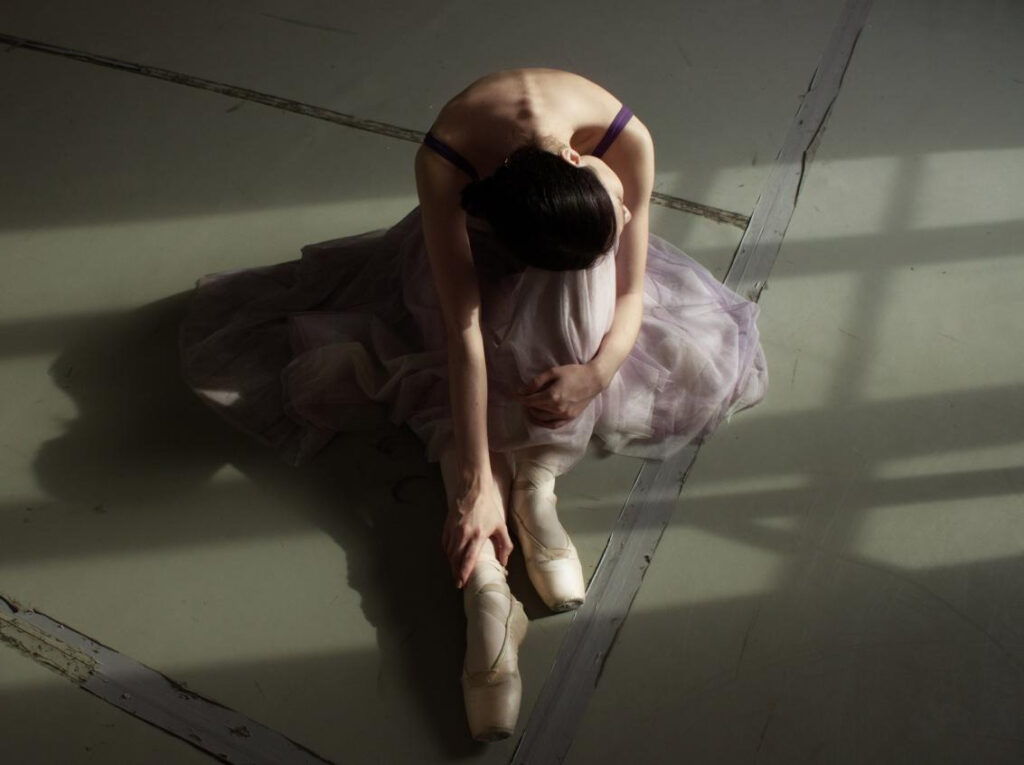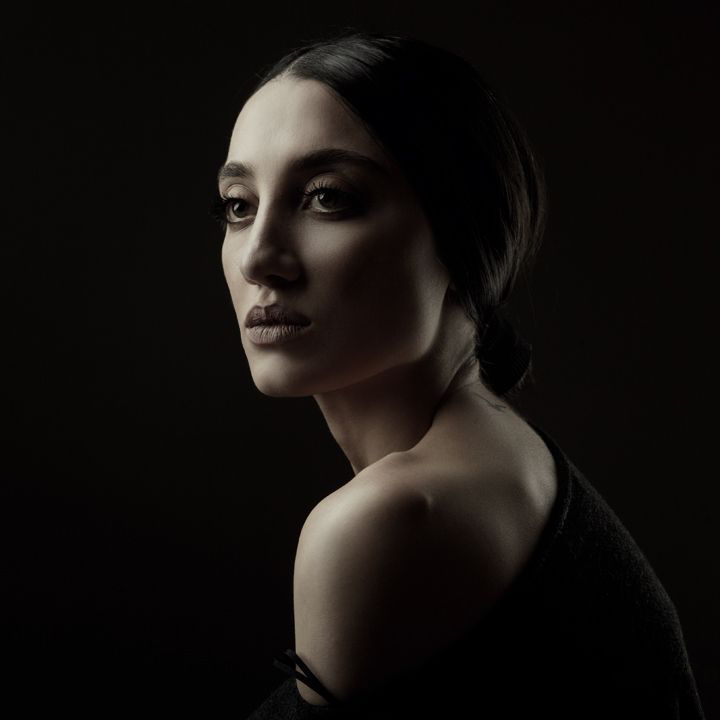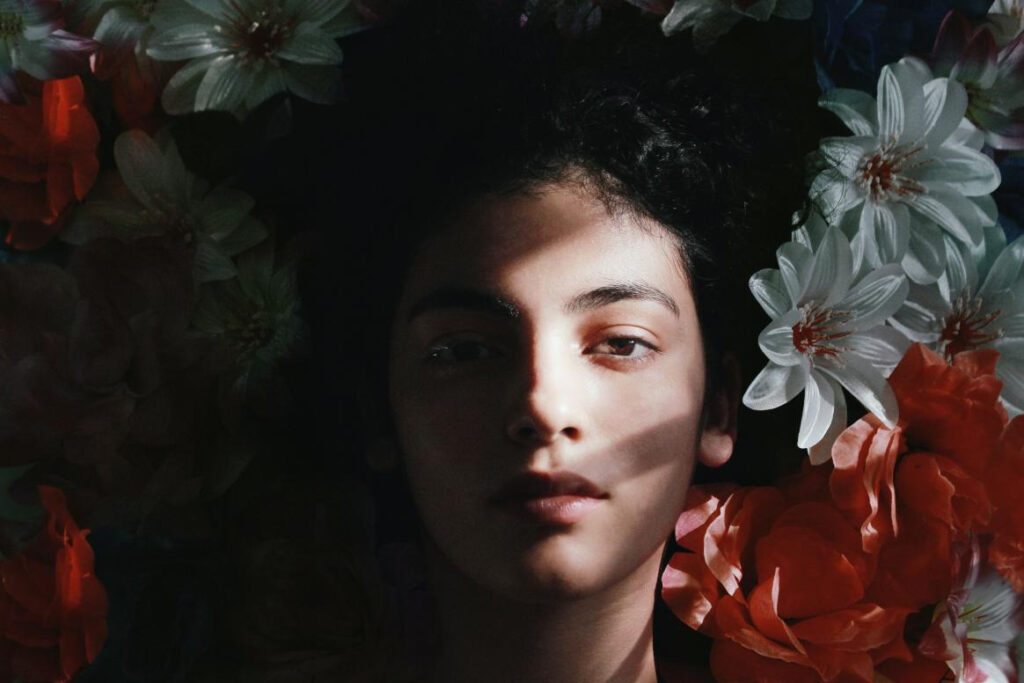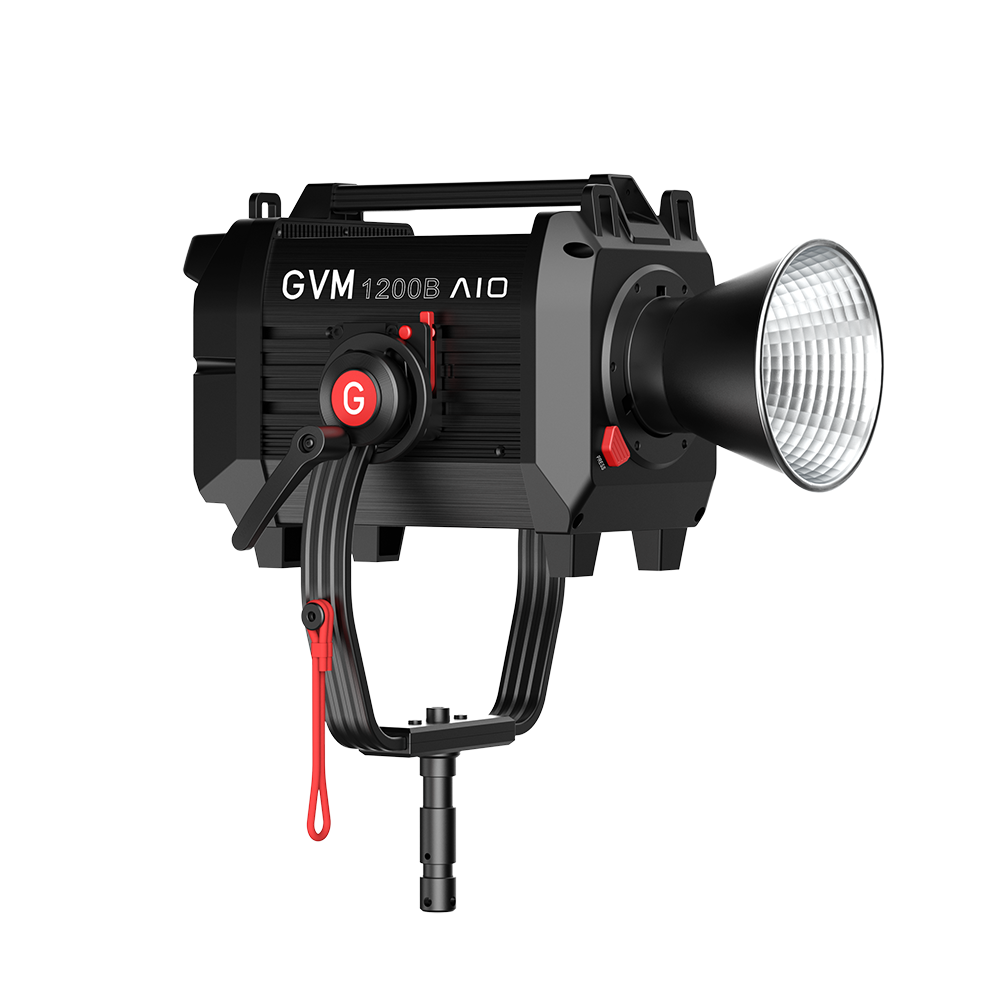Lighting Ideas Skills
“Light” is the key element that determines the success or failure of a photographic work. Light can change what is photographed. Reasonable lighting can shape the image, character and temperament of characters. It can express the surrounding environment. The role of meaning. Only when the light is arranged can the appeal of the film and television work be enhanced, and the audience can feel the charm of light and shadow.

1.Light above eye level, camera position below eye level
A golden rule: the light is above the eye level of the subject and the camera is below this level. This lighting method is conducive to highlighting the subject of the photo and making the picture more expressive. In low-angle light, it’s hard for characters to look good. If you want to shoot a portrait, you can use the dichotomy to determine where the light is.
2.Use filters, diffusers, and reflectors
Filters are extremely important to photographers because they control the effects of light entering the camera. Different amounts of light and light intensity can affect the texture of the image.
There are many types of filters, such as dimming filters that control the amount of light entering the lens, so we can lower the aperture stop and get a greater depth of field. If we use a neutral gray gradient filter, we can effectively darken the sky and preserve the details of the sky while ensuring the normal exposure of the character. Various light accessories can be used to modify the effect of the light emitted by the light source, making the light “soft” or “hard”.

Once you understand the effects of various filters and reflectors, you can combine various lights to create a complex light effect. A combination of soft and hard lighting, like this photo of the model, allowed her to both keep her skin soft and accentuate her overall silhouette. However, the light configuration should be as simple as possible, not the more complicated the light is better, but to let the light in the picture cooperate with each other to achieve the best effect.
2.Lampshade

When shooting, the light source does not have to be directed at the subject. We can try to create some shapes and contours that are not in the picture by adjusting the lighting.
4.Make the most of the shadows of the picture
Many great photos tend to have great light and shadow contrasts, and great shadow design also adds to them. In this portrait, the use of large areas of shadow makes the image more storytelling and playful.

5.Scene layout

In the studio, the artificial scene is specially built for the filming. All the shooting environments must be arranged on-site by the art department. The lighting can be set up at will, and the light can be used arbitrarily.
6.Common lighting methods
When shooting portraits, the most common lighting methods are Rembrandt light, butterfly light, ring light and split lighting. The lighting methods for portrait photography have evolved around these three types.


Good lighting can significantly improve the quality of your photos, so it’s easy to understand different lighting effects and how to use light to create texture. For the most typical portrait photography, proper lighting settings and lighting are critical.
GVM recommends a light and easy-to-use photography light for you:

Double-Head
Lighting Kit
Stepless adjustment of light,
one color temperature lamp bead and one RGB lamp bead, CRI 97+.
Help restore and enrich the color of objects,
providing you with natural and vivid shooting effects.

SOURCE MATCHING MODE
Light source matching mode;This model has 12 different styles of light
Source types to choose from.Can provide you with a specifific light source,
saving a lot of time to adjust the light.

12 kings of lighting scenes
This mode provides 8 white light modes:Lighting,
Cct cycle,candle,broken bulb,TV,paparazzi,explosion,breating light


